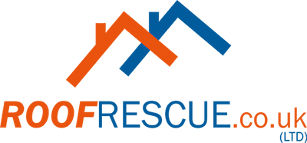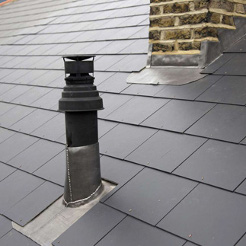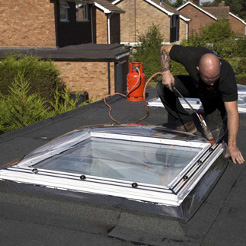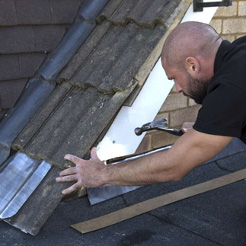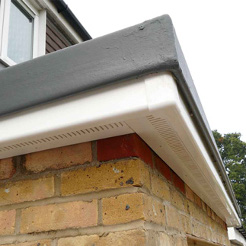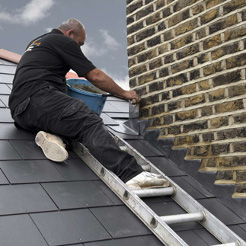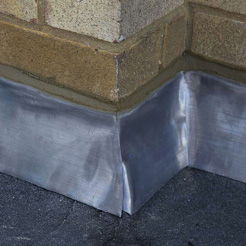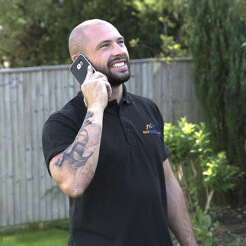The good old British weather is the number one enemy for damaging chimney stacks. As they’re particularly exposed, chimneys are especially vulnerable to damage from the elements. The effects of wind, rain, excessive heat and frost damage over many years could mean your chimney requires repair, restoration, or possibly removal.
- Chimneys need repointing when the mortar in the joints between the bricks deteriorates.
- Repointing maintains the structural integrity of the chimney and prevents water penetration.
- Never overlook repointing. An unstable chimney is dangerous and far more expensive to fix than regular maintenance.
Our top tips for chimney safety:
Inspection:
Carry out a visual inspection of your chimney at least once a year, preferably before the winter season. Look for signs of deteriorating mortar, cracks, loose bricks, or any other damage.
Repointing:
If you notice damaged mortar joints or loose bricks, it’s time to consider repointing. Repointing involves removing the old mortar and replacing it with fresh mortar to ensure stability. Hire a professional chimney specialist or bricklayer to perform this task.
Check for structural damage:
Look for any signs of leaning or tilting chimneys. These can be indications of underlying structural issues and require immediate attention from a professional.
Professional Inspections:
Schedule a professional chimney inspection at least once every few years to assess the overall condition and identify any potential issues that may require attention.
Love your chimney
Chimney sweeping:
Regularly clean your chimney to remove soot, creosote, and debris that can accumulate over time. It’s recommended to have your chimney professionally swept at least once a year, especially if you use a solid fuel-burning appliance.
Install a chimney cowl:
Consider installing a chimney cowl or guard to prevent rainwater, debris, and animals from entering the top of your chimney. A cowl also helps reduce downdrafts and improves overall safety.
General fire safety
Carbon monoxide detectors:
Install carbon monoxide detectors on each floor of your home and especially by bedrooms. This is crucial if you have fuel-burning appliances as carbon monoxide is a silent and potentially deadly gas.
Ventilation:
Ensure proper ventilation in the room/s where your fireplace or stove is located. Proper airflow helps prevent the buildup of dangerous gases and improves combustion.
Combustible materials:
Keep flammable materials, such as furniture, curtains, and rugs, a safe distance from the fireplace to minimise the risk of accidental fires.
Use suitable fuel:
Only burn regulated items in your fire and follow any manufacturer’s guidelines. Incorrect fuel usage can lead to increased creosote buildup and chimney fires.
Remember, it’s important to prioritise safety when dealing with chimneys and fireplaces. If you’re unsure about any aspect of chimney maintenance or require repairs, please give Roof Rescue a call to discuss your concerns.
Our skilled, professional, and fully insured tradesmen undertake all types of chimney repair work, including installing, repairing and replacing lead flashing, re-pointing work, rendering, flaunching, capping, installation of chimney cowlings, chimney stack restoration and removal if needed due to safety reasons.
